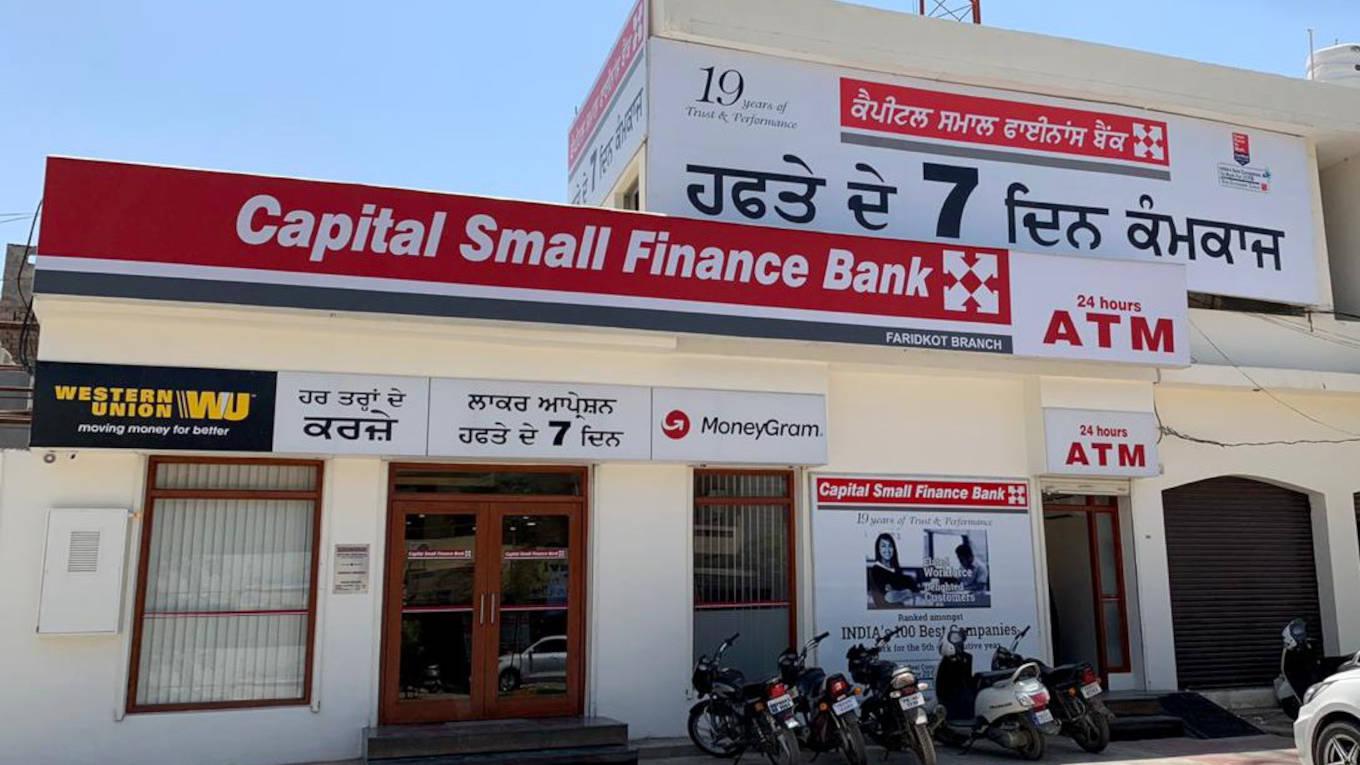Having set out on its journey as a small finance bank in 2016, Capital Small-Finance Bank (CSFB) has made strides in the banking sector in just a few years. At the core of its business model is robust credit assessment and risk management processes. Centred on secured lending for most of its advances, backed by conservative loan-to-value ratios, the bank has maintained a high-quality loan book with low delinquency rates. Its processes combined with its strategic focus on secure lending has been key to its growth as well. “We maintain a comprehensive view of, and control over, our customers’ cash-flows, enabling us to carry out effective credit assessments. This approach has been instrumental in improving our asset quality and lowering our NPA,” says Sarvjit Singh Samra, MD & CEO, CSFB. “Our ability to stay connected with customers and understand their needs has earned us their trust at all times, which is our USP,” he adds. The bank points out that customers prefer a single source for various financial services and, accordingly, offers a range of credit and non-credit products and services to address a variety of financing requirements through its branch network. “Our products are designed keeping in mind simplicity and ease for our middle-income customers. This approach, combined with our focus on customer engagement, has helped us build and maintain a strong customer base,” says Samra. CSFB has expanded the number of its customers to 701,071 over the years (credit and deposit customers), supported by 170 branches and 172 ATMs. Interestingly, 76 per cent of these are located in rural and semi-urban areas, which speaks volumes about the bank’s commitment to serving the financial needs of underbanked regions. “We have always been focussed on serving underbanked regions in India. We have found that, by staying connected with our customers and providing them seamless banking services, we can build long-term, loyal customer relations, and keep our growth focussed and strong,” says Samra. Besides, most of its customers belong to the middle-income group. CSFB has designed its products in a manner that makes them simple and easy to understand, enhancing their appeal to customers. It has dedicated relationship managers as also personal and retail bankers at its branches to address the diverse needs of customers. Further, a distinct advantage that worked in its favour was the fact that it operated as a local bank and was one of only two non-microfinance entities before 2016. This previous experience as a local area bank meant that it already operated in diverse segments, and led a deep understanding of the systemic risks and a good handle on customer segments. As a local area bank, its transition was smooth. Initially, it was three districts of Punjab but, after conversion, it is spread across Punjab; and, now, it is also present in Haryana, Delhi. Rajasthan and Himachal. Besides, moving to diversified products was less of a challenge and more a growth opportunity for CSFB. This is because the systems, processes, and technical expertise needed for these products were already in place. All this enabled it to lever its abilities and maintain a competitive edge. Granular growth The bank has built its business granularly over the years, as the focus has been on income generation, while its emphasis on local hiring ensures that it stays tuned to the needs and aspirations of the communities it serves. At the same time, 99.82 per cent of its loan book is secured, with 85.16 per cent of these being backed by immovable properties. This prioritisation of secured lending is key to its risk-mitigation strategy, which makes its figures among the best of all small finance banks.
-

CSFB: steady growth



































